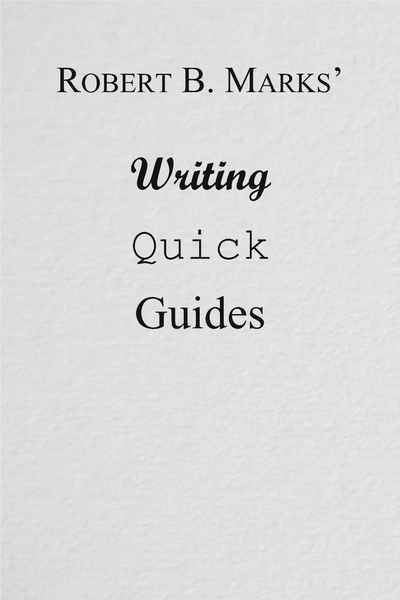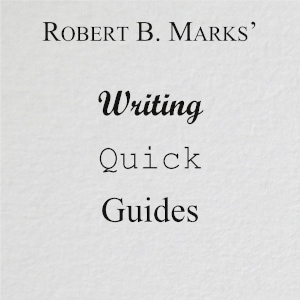Don't.
Really, that's it. Just don't.
Okay, the topic deserves a bit more than just that. There are times when the reader needs to know something about the world or situation. The information needs to be conveyed for the narrative to make sense. The opening of Star Wars is a big ship chasing down a little ship - without the opening scrawl leading to it, the viewer has no idea of what the big ship is, who is in the little ship, or why they should care. Having a couple of characters stop in the middle of the scene as everybody is panicking to say "As you know, we are running away from the Galactic Empire, who..." is about as clunky as it gets, would require characters to act unnatural in the situation (both characters know all of this information, and wouldn't be stopping to discuss it in the middle of trying not to be blown to bits), and just destroy the pacing of the scene.
The thing is that Star Wars is a movie. If it were a book (we will ignore the fact that there was a novelization for this example), we could have a sentence saying "The Imperial star destroyer chased the rebel blockade runner" conveying enough information for the reader to understand who is chasing whom before moving on to the action. A movie doesn't have that option - all it has to work with are visuals, dialogue, and narration (either written or spoken). Happily, for a novel, these limitations do not exist. What this means, however, is that to take the approach of just force-feeding the reader a bunch of worldbuilding information up-front as though the story is a movie, we end up with an incredibly clunky paragraph or series of paragraphs that slow the entire thing to a crawl, and which the reader probably isn't going retain anyway, since little of it will be relevant for many chapters to come.
So, how do we convey this information to the reader in a way that they will not only retain, but won't slow the prose to a crawl?
We have three main tools for this:
Character dialogue.
Character knowledge.
Information built into the narrative.
The best tool for this is character dialogue, and the way this is best implemented is for the point of view character to lack knowledge that the character they are talking to possesses. So, you could, for example, have the POV character ask "Why are they chasing us?", resulting in the character with the relevant knowledge explaining what the POV character, as well as the reader, needs to know at that moment. This is the most effective method for a couple of reasons. The first is that since it takes place within the narrative in a situation where knowledge has to be conveyed, it comes across as natural, and even helps to develop character as the POV character reacts to this new information. The second is that because the information is relevant to the narrative at that very moment, the reader will retain it.
(Consider, for a moment, Tolkien's The Lord of the Rings - the book, not the movies. Everything we first learn about the One Ring we learn from Gandalf in dialogue as he explains it to Frodo, and we learn this after a scene where Gandalf has to force Bilbo to give up the Ring. So, first, the importance of the Ring is established through action but not explained, and then it is explained by a character with knowledge to the POV character who needs to know. And then we see more of who Frodo is through his reaction to learning this knowledge, developing his character.)
The next best tool is character knowledge. This is knowledge held by the POV character inside their own head. This will often take the form of a character realization - something like a line of narrative such as "Of course the enemy wouldn't do that yet, he realized - they need the five McGuffins of Guff before they could move." This has the benefit of delivering information at a time when it is relevant and being part of the narrative itself. What it lacks, however, is the possibility of character development following the reveal of this information - the character isn't going to react in a new way to it, because they've known it all along.
The third is building information into the narrative. In this case, we are no longer delivering it through dialogue or character knowledge - it is information delivered from the author directly to the reader. The benefit to this method is that it is direct - it does not need to be filtered. So, taking our example from before, from the sentence "The Imperial star destroyer chased the rebel blockade runner" alone, we learn a number of things very quickly:
There is an empire.
There is a rebellion against this empire (implying that it is probably oppressive).
There is something on this ship that the empire wants.
The problem with this method is that it is one of the purest narrative forms of "less is more." There is a temptation when using it to pack as much information as you can into the passage in question. The problem is that the moment you do this, you are slowing the narrative to a crawl to deliver a lecture - and the reader didn't come to your book to read a lecture. This is therefore the one method that should be used most sparingly and with the most care - use it to deliver only the most important information needed, and then off-load the rest to dialogue and character knowledge.
The short version of all of this, however, is that you should never find yourself providing information to the reader through long passages of infodumping - you should be doing it through dialogue, character knowledge, or small bursts of information that do not slow down the narrative.











Comments (0)
See all